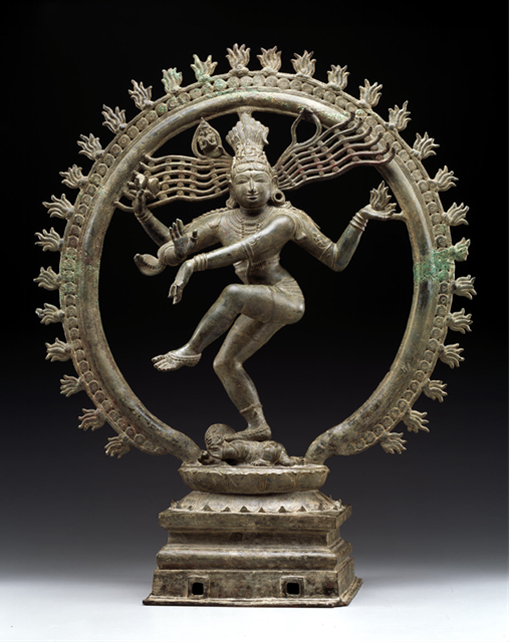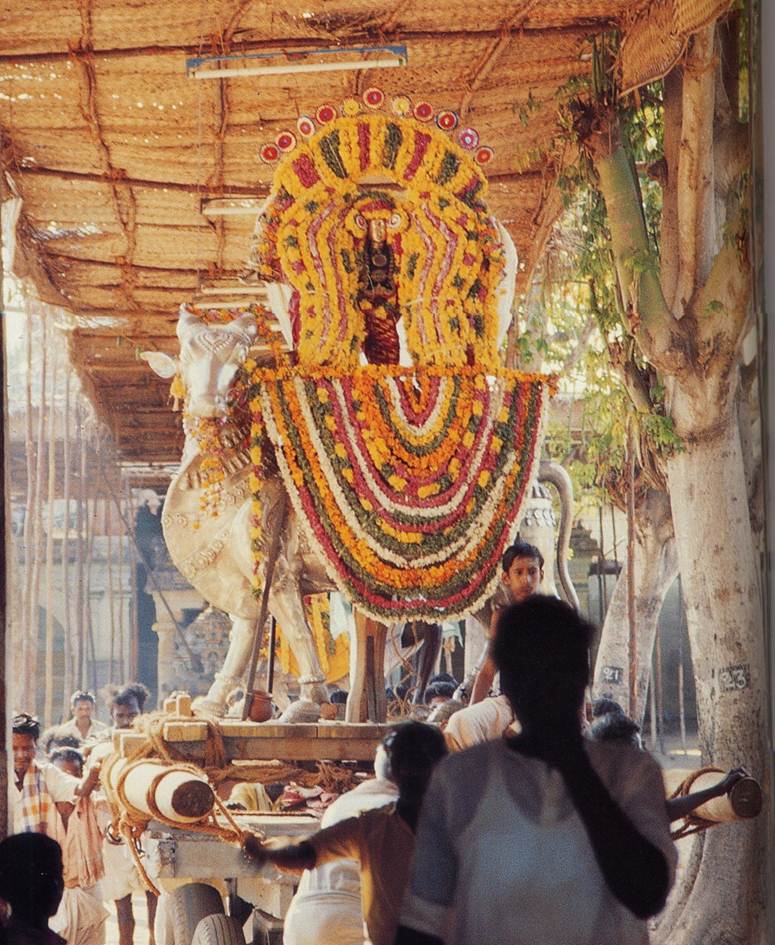As a new Texas transplant, I have been trying to immerse myself in Dallas culture as much as possible. I went to the State Fair and tried every fried food imaginable; I experienced the Ft. Worth Stockyards and the weekly rodeo (not a fan of calf roping); and I have already developed an obsession for sweet tea!
Luckily for me, the Dallas Museum of Art has an excellent collection of artwork by local Texan artists—a great opportunity for both newbies like me and old hats in the community to learn more about Dallas and the broader Texas art scene.
One prominent theme in Texan artworks is the ever-presence of cows! Cattle driving and trailing played a huge role in the history of north Texas and the animals remain an important cultural marker for the entire state.
Cows are not only prominent in Texan art, but bovines can also be found aplenty in our Asian collection reflecting the place of honor they hold in Hinduism. Nandi, the bull often seen in Hindu art, serves as the mount of one of the principle Hindu deities, Shiva. Not simply a means of transportation for Shiva, Nandi is also a primary god on his own and Shiva’s foremost disciple.
While Texans and Hindus revere cows in extremely different manners, each has found them important enough to include in their artwork, which, to me, illustrates an exciting cross-cultural connection!
[slideshow]
Artworks shown:
- George Grosz, Cattle, 1952-1953, Dallas Museum of Art, gift of A. Harris and Company in memory of Leon A. Harris, Sr.
- Clara McDonald Williamson, Get Along Little Dogies, 1945, Dallas Museum of Art, Ted Dealey Purchase Prize, Seventeenth Annual Dallas Allied Arts Exhibition, 1946
- Otis Dozier, Wild Cow Milking Contest, 1941, Dallas Museum of Art, gift of The Dozier Foundation
- Tom Lea, Wild Cattle of South Texas: Ancestors of the Longhorns, 1945-1946, Dallas Museum of Art, gift of Life Magazine
- Shiva Nataraja, Chola dynasty, 11th century, Dallas Museum of Art, gift of Mrs. Eugene McDermott, the Hamon Charitable Foundation, and an anonymous donor in honor of David T. Owsley, with additional funding from The Cecil and Ida Green Foundation and the Cecil and Ida Green Acquisition Fund
- Nandi bull, c. 13th century, Dallas Museum of Art, the Cecil and Ida Green Acquisition Fund and gift of David T. Owsley via the Alvin and Lucy Owsley Foundation
- Humped bull (zebu, or Bos Indicus), 3rd millennium B.C., Dallas Museum of art, gift of David T. Owsley via the Alvin and Lucy Owsley Foundation
Pilar Wong
McDermott Intern for Community Teaching

